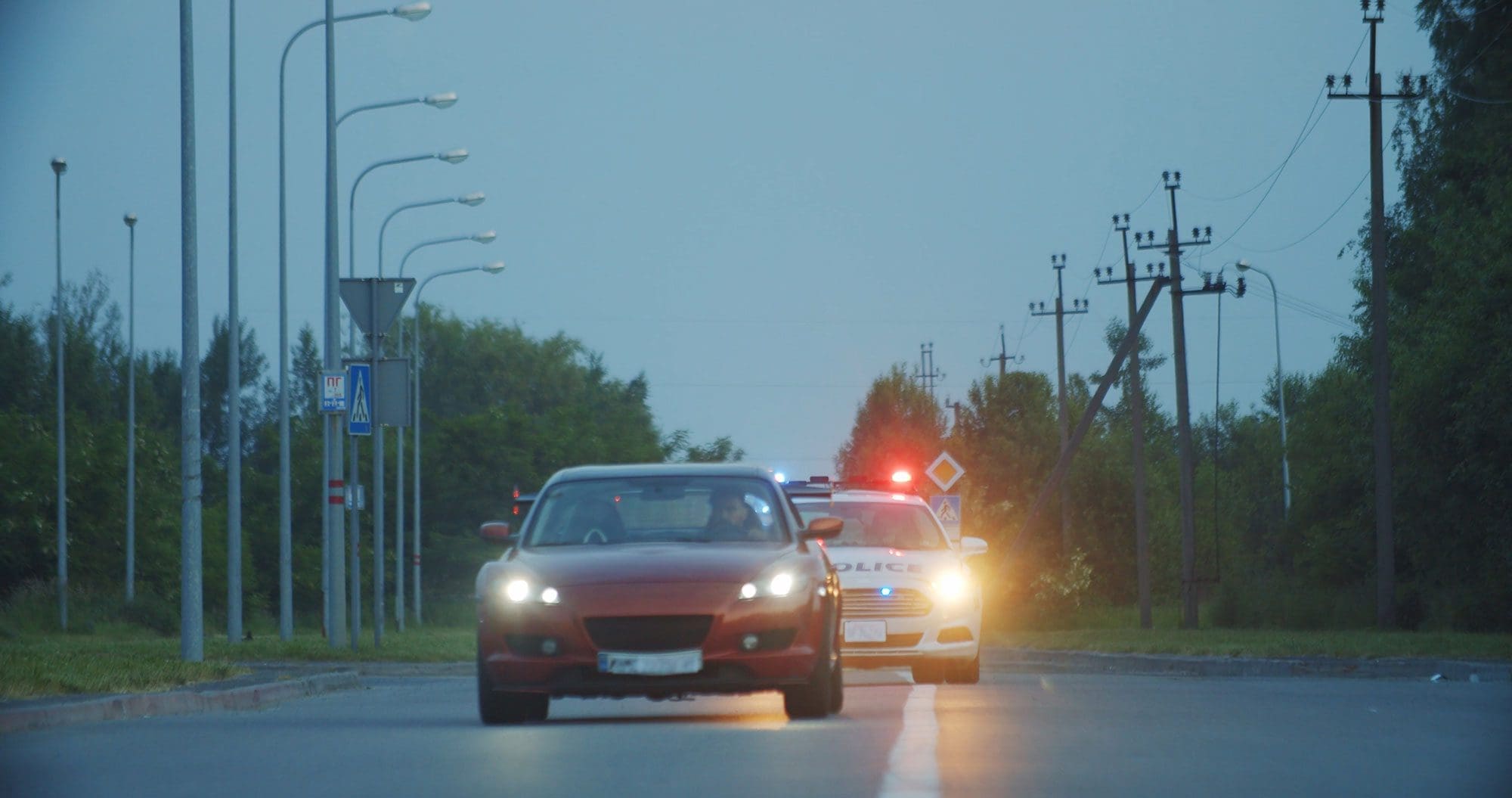When it comes to safeguarding communities, public safety entities and personnel must perform a delicate balancing act.
Law enforcement must protect and serve the public as a whole while sometimes engaging in activities that may put some in danger. Nowhere does that conflict come into play more than in the area of law enforcement vehicular pursuits.
The National Highway Traffic Safety Administration (NHTSA) defines a vehicular pursuit as:
An event that is initiated when a law enforcement officer, operating an authorized emergency vehicle, gives notice to stop (either through the use of visual or audible emergency signals or a combination of emergency devices) to a motorist who the officer is attempting to apprehend, and that motorist fails to comply with the signal by either maintaining their speed, increasing speed or taking other evasive action to elude the officer’s continued attempts to stop the motorist.
Though no comprehensive national database on police chases exists, studies within the last ten years conducted by the International Association of Chiefs of Police (IACP) and NHTSA indicate that over 60,000 vehicular pursuits occur in the United States each year. These studies further suggest that, on average, one person is killed each day due to vehicular pursuits.
Pursuit Policy
Law enforcement agencies are free to set policies on pursuing suspects and perpetrators. These agencies must determine whether the public is best protected by engaging in pursuits or taking other forms of action.
Agencies must balance the risks, take all of the factors into consideration, and reach a decision that is best suited to their jurisdictions.
Some will limit the ability to pursue based upon what the violator is suspected of doing. Others will make case-by-case decisions based on the factors such as area, weather, traffic conditions, etc.
Agencies that determine some scenarios are appropriate for pursuits must create policies that determine how to implement those pursuits while also keeping the safety of citizens in mind. Law enforcement agencies that choose to engage in pursuits can incorporate tactics and technologies to decrease the danger to all.
Tactics
- Consistent and frequent pursuit policy training is vital to ensuring officers have the knowledge and skill to make the best decisions possible in an extremely high-stress situation.
- Officer driving and de-escalation training are also critical. If an officer can control and de-escalate their own driving response, the chances for a safe outcome increase.
Tools
Technology advancements have made new tools available to decrease the danger of high-speed pursuits and improve community safety during such events.
Modern pursuit safety technology focuses on leveraging platforms that improve officer response while reducing the probability of harm to the officer, the pursuit subject, and the community.
Examples of such tools include
- “Connected” cameras deployed throughout communities to monitor officer/subject locations, predict pursuit routes, and inform on impending hazards.
- GPS devices that are attached to fleeing vehicles before pursuit (i.e., cars under surveillance) or once a pursuit has started. Such devices provide law enforcement with the ability to tag, track, and safely apprehend a suspect without the need to engage in a dangerous pursuit.
- Mobile applications alert motorists and civilians of impending dangers, such as high-speed chases, emergency responses, active shooter, or other critical events.
When law enforcement pursuits can’t be avoided, these tools and applications help ensure innocent bystanders and motorists are notified and have the opportunity to move to safety.
Bottom Line
The debate among public safety professionals and citizens on whether to engage in vehicular pursuits will continue. An officer’s primary job is to catch criminals and keep the public safe, and it is up to agencies to decide if pursuits enhance those ideologies.
For those agencies that choose to have a pursuit policy, it is good to know that employing enhanced tactics and technology can increase the chances that pursuits conclude with safe apprehension of fleeing subjects and no injuries to officers or the public.




